Payment Method




ARM926EJ-S Microprocessor IC OMAP-L1x 1 Core, 32-Bit 300MHz 176-HLQFP (24x24)
Manufacturer: Texas Instruments, Inc
Mfr.Part #: OMAPL137BPTPH
Datasheet:
OMAPL137BPTPH Datasheet (PDF)
![]()
Package/Case: MCU
Product Type: Embedded Processors & Controllers
RoHS:
Lifecycle: Active
Please fill in the short form below and we will provide you the quotation immediately.
The OMAPL137 is a low-power applications processor based on an ARM926EJ-S and a C674x DSP core. It consumes significantly lower power than other members of the TMS320C6000 platform of DSPs.
The OMAPL137 enables OEMs and ODMs to quickly bring to market devices featuring robust operating systems support, rich user interfaces, and high processing performance life through the maximum flexibility of a fully integrated mixed processor solution.
The dual-core architecture of the OMAPL137 provides benefits of both DSP and Reduced Instruction Set Computer (RISC) technologies, incorporating a high-performance TMS320C674x DSP core and an ARM926EJ-S core.
The ARM926EJ-S is a 32-bit RISC processor core that performs 32-bit or 16-bit instructions and processes 32-bit, 16-bit, or 8-bit data. The core uses pipelining so that all parts of the processor and memory system can operate continuously.
The ARM core has a coprocessor 15 (CP15), protection module, and Data and program Memory Management Units (MMUs) with table look-aside buffers. It has separate 16K-byte instruction and 16Kbyte data caches. Both are four-way associative with virtual index virtual tag (VIVT). The ARM core also has a 8KB RAM (Vector Table) and 64KB ROM.
The OMAPL137 DSP core uses a two-level cache-based architecture. The Level 1 program cache (L1P) is a 32KB direct mapped cache and the Level 1 data cache (L1D) is a 32KB 2-way set-associative cache. The Level 2 program cache (L2P) consists of a 256KB memory space that is shared between program and data space. L2 memory can be configured as mapped memory, cache, or combinations of the two. Although the DSP L2 is accessible by ARM and other hosts in the system, an additional 128KB RAM shared memory is available for use by other hosts without affecting DSP performance.
The peripheral set includes: a 10/100 Mb/s Ethernet MAC (EMAC) with a Management Data Input/Output (MDIO) module; two inter-integrated circuit (I2C) bus interfaces; 3 multichannel audio serial ports (McASP) with 16/12/4 serializers and FIFO buffers; 2 64-bit general-purpose timers each configurable (one configurable as watchdog); a configurable 16-bit host port interface (HPI) ; up to 8 banks of 16 pins of general-purpose input/output (GPIO) with programmable interrupt/event generation modes, multiplexed with other peripherals; 3 UART interfaces (one with RTS and CTS); 3 enhanced high-resolution pulse width modulator (eHRPWM) peripherals; 3 32-bit enhanced capture (eCAP) module peripherals which can be configured as 3 capture inputs or 3 auxiliary pulse width modulator (APWM) outputs; 2 32-bit enhanced quadrature pulse (eQEP) peripherals; and 2 external memory interfaces: an asynchronous and SDRAM external memory interface (EMIFA) for slower memories or peripherals, and a higher speed memory interface (EMIFB) for SDRAM.
The Ethernet Media Access Controller (EMAC) provides an efficient interface between the OMAP-L137 and the network. The EMAC supports both 10Base-T and 100Base-TX, or 10 Mbits/second (Mbps) and 100 Mbps in either half- or full-duplex mode. Additionally an Management Data Input/Output (MDIO) interface is available for PHY configuration.
The HPI, I2C, SPI, USB1.1 and USB2.0 ports allow the device to easily control peripheral devices and/or communicate with host processors.
The rich peripheral set provides the ability to control external peripheral devices and communicate with external processors. For details on each of the peripherals, see the related sections later in this document and the associated peripheral reference guides.
The device has a complete set of development tools for both the ARM and DSP. These include C compilers, a DSP assembly optimizer to simplify programming and scheduling, and a Windows® debugger interface for visibility into source code execution.
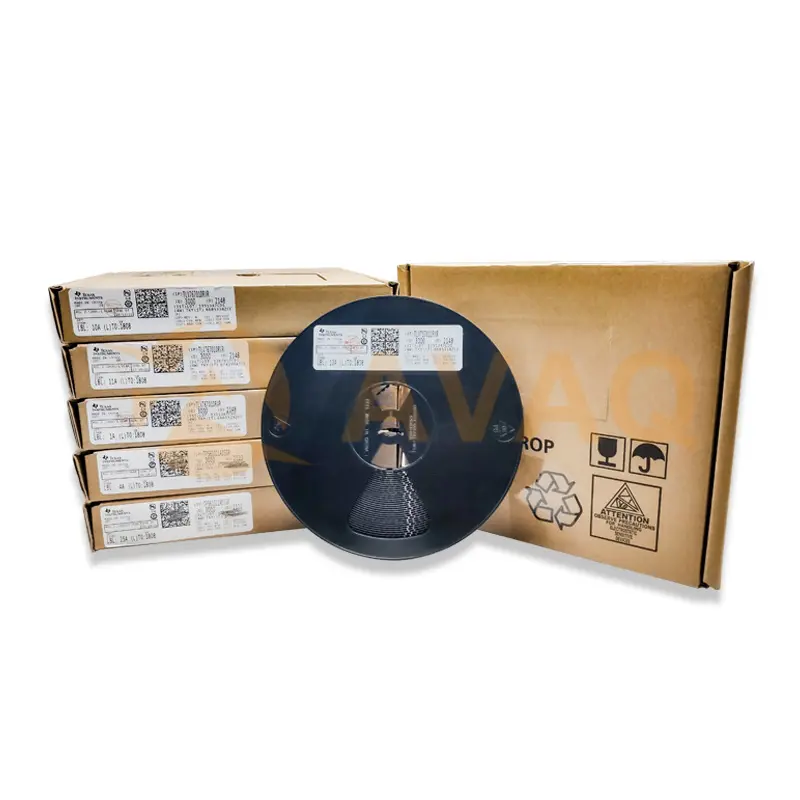
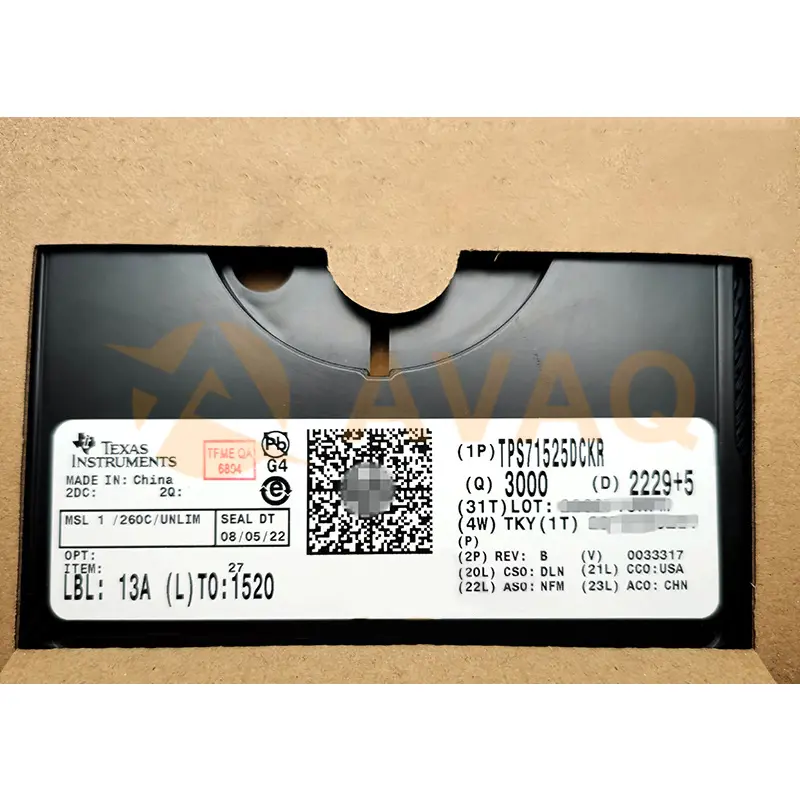
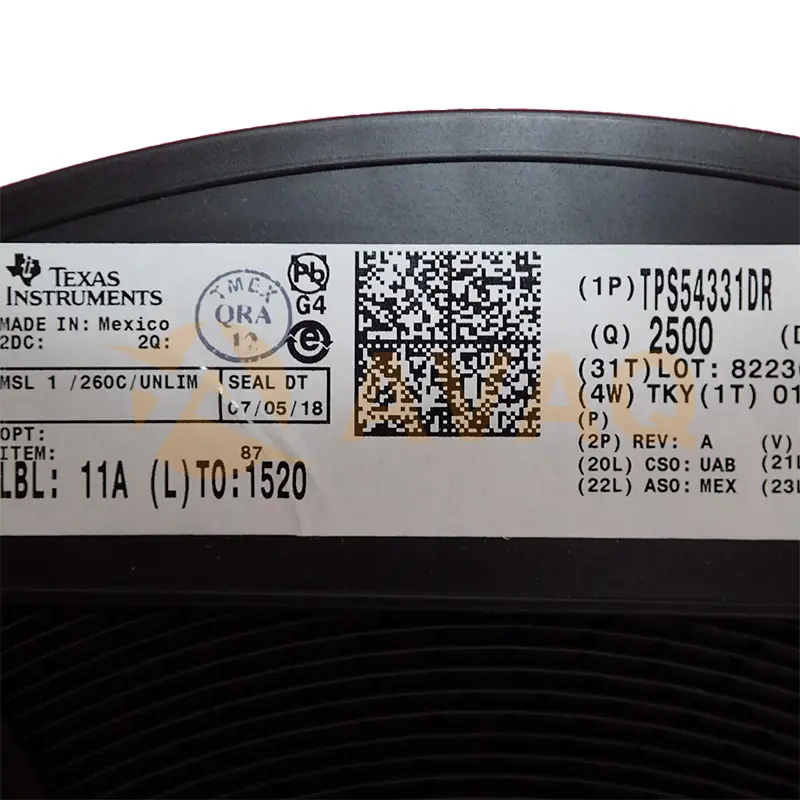
| Arm CPU | 1 Arm9 | Arm (max) (MHz) | 300 |
| Coprocessors | C674x DSP | CPU | 32-bit |
| Display type | 1 LCD | Protocols | Ethernet |
| Ethernet MAC | 1-Port 10/100 | Hardware accelerators | PRUSS |
| Operating system | Linux, RTOS | Security | Device identity, Memory protection |
| Rating | High Temp | Power supply solution | TPS65910 |
| Operating temperature range (°C) | -55 to 175 |
After-Sales & Settlement Related
 Payment
Payment
Payment Method




For alternative payment channels, please reach out to us at:
[email protected] Shipping & Packing
Shipping & Packing
Shipping Method




AVAQ determines and packages all devices based on electrostatic discharge (ESD) and moisture sensitivity level (MSL) protection requirements.
 Warranty
Warranty

365-Day Product
Quality Guarantee
We promise to provide 365 days quality assurance service for all our products.
| Qty. | Unit Price | Ext. Price |
|---|---|---|
| 1+ | - | - |
The prices below are for reference only.
All bill of materials (BOM) can be sent via email to ![]() [email protected], or fill below form to Quote for OMAPL137BPTPH, guaranteed quotes back within
[email protected], or fill below form to Quote for OMAPL137BPTPH, guaranteed quotes back within
![]() 12hr.
12hr.
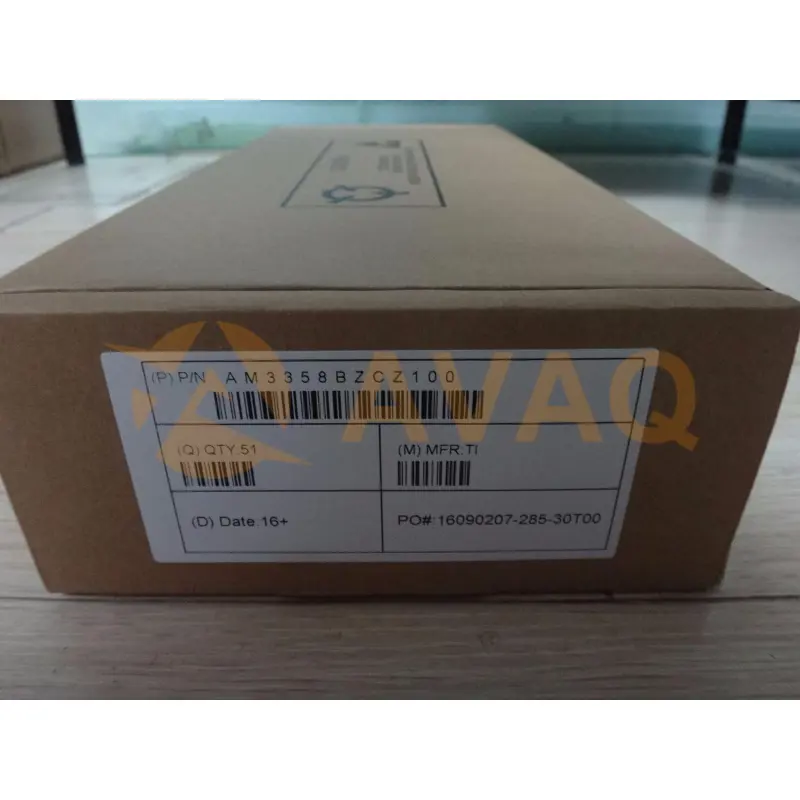
AM3358BZCZ100
TI
126+ $8.358
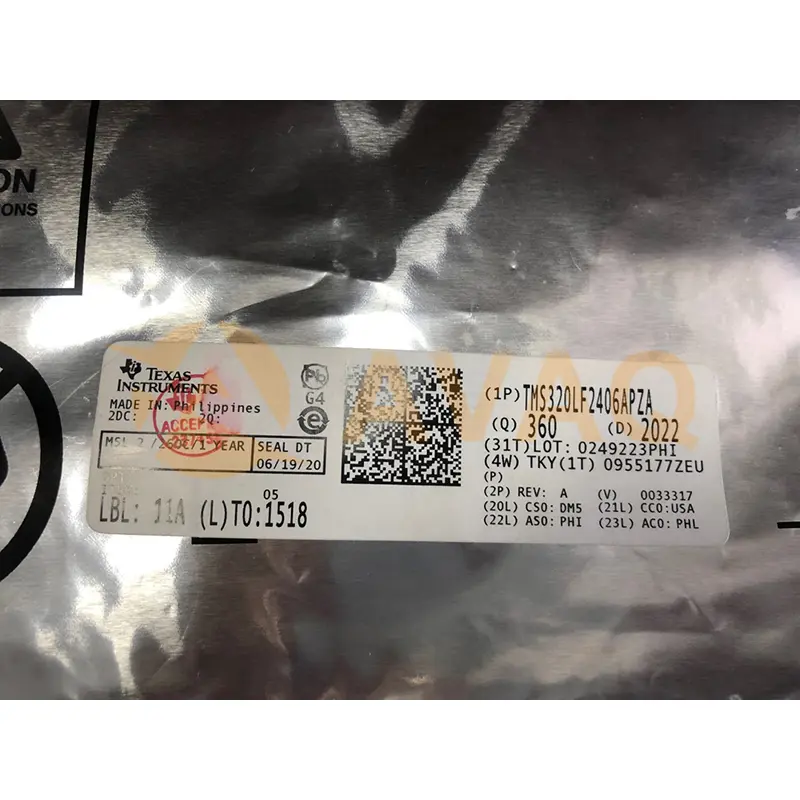
TMS320LF2406APZA
TI
100+ $7.554
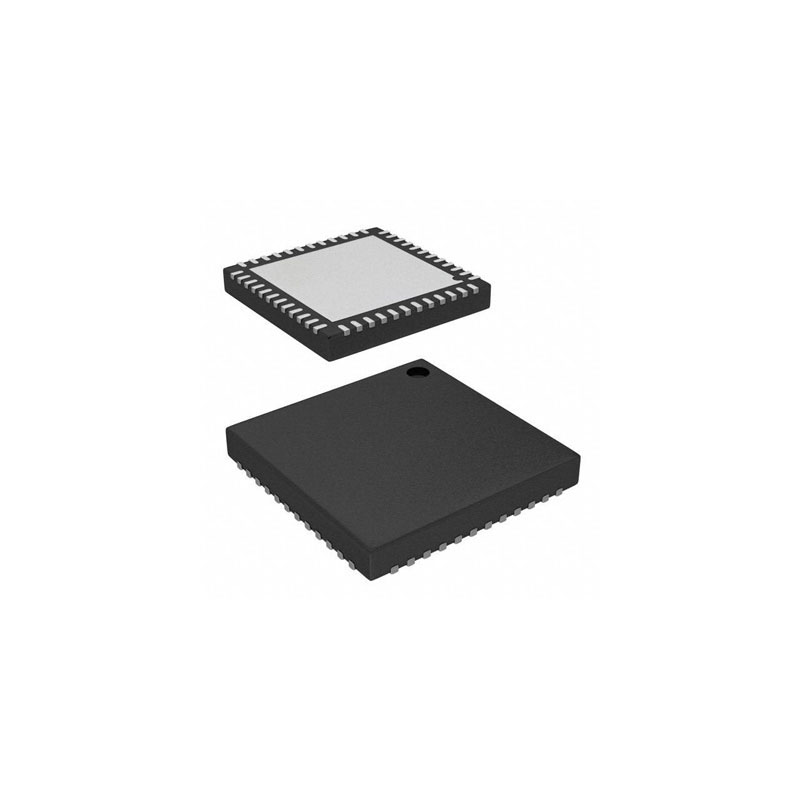
MSP430FR5969
TI
16 MHz MCU with 64KB FRAM, 2KB SRAM, AES, 12-bit ADC, comparator, DMA, UART/SPI/I2C, timer
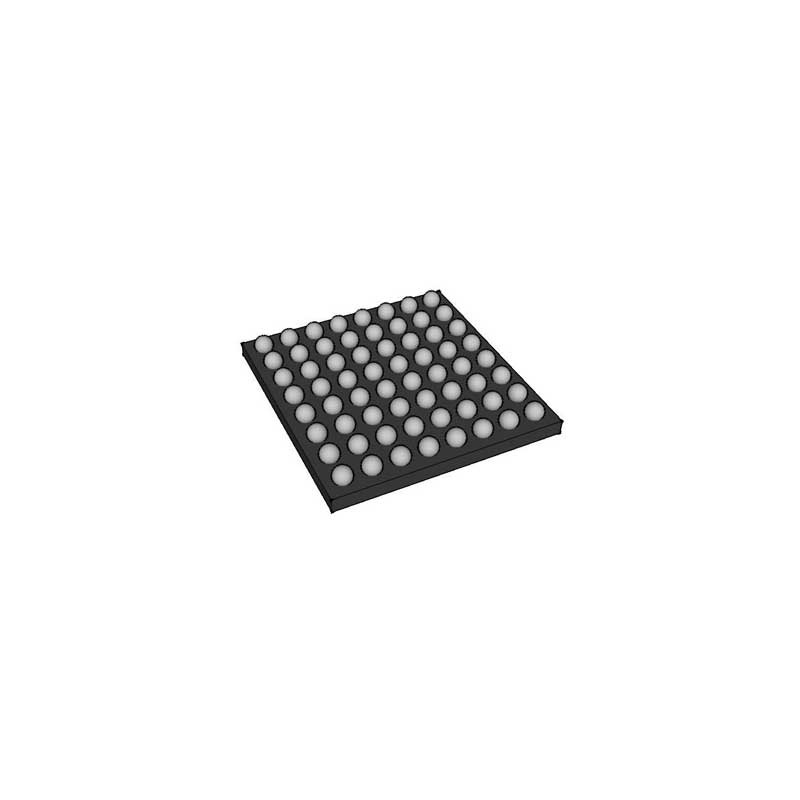
TMS320C6713
TI
FLOATING-POINTDIGITALSIGNALPROCESSORS
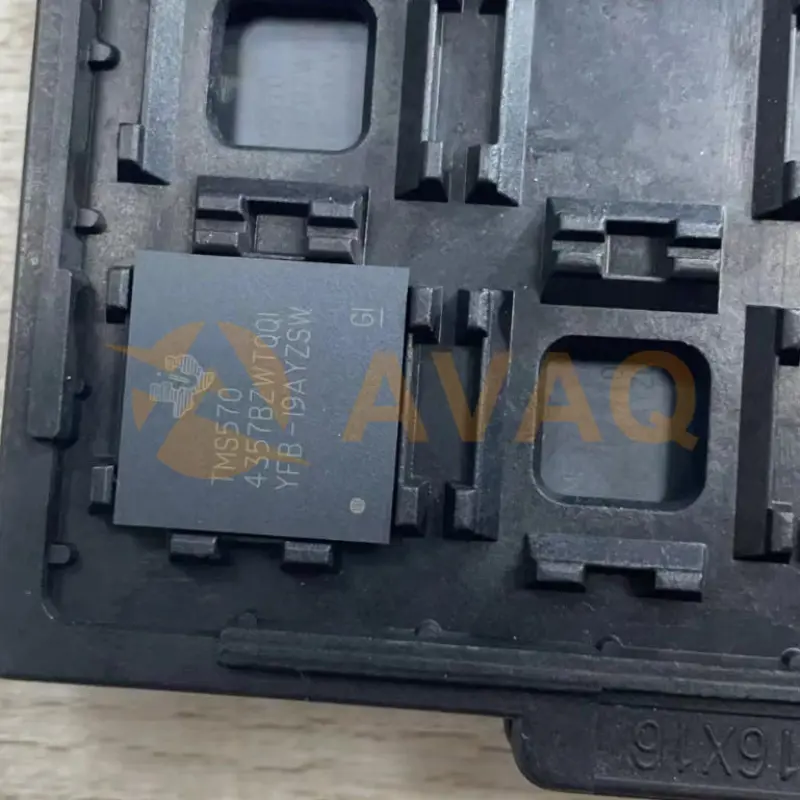
TMS5704357BZWTQQ1
Texas Instruments, Inc
MCU 32-bit ARM Cortex R5F RISC 4MB Flash 1.2V/3.3V Automotive 337-Pin NFBGA Tray
Excellent seller and very good product, totally recommended